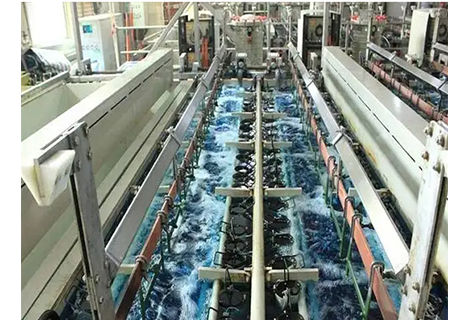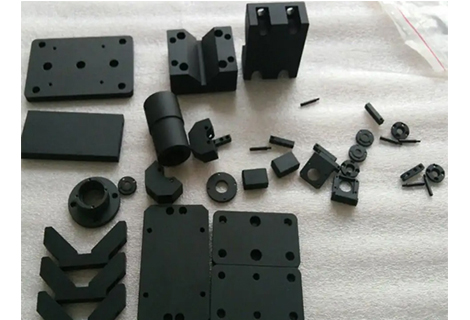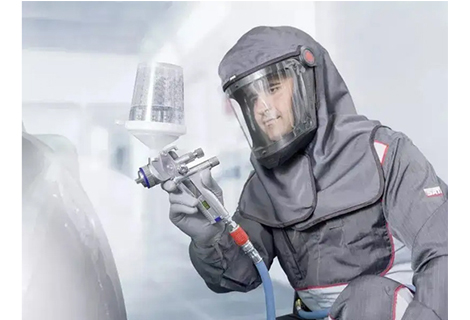Electrophoresis coating is a coating method that uses an external electric field to make particles such as pigments and resins suspended in an electrophoretic solution directionally migrate and deposit on the substrate surface of one of the electrodes. The principle of electrophoresis coating was invented in the late 1930s, but the technology was developed and industrially applied after 1963. Electrophoresis coating is a special coating film formation method developed in the past 30 years. The most practical construction technology. It has the characteristics of water solubility, non-toxicity, easy automatic control, etc., and has been widely used in automobiles, building materials, hardware, home appliances and other industries.
The resin contained in the cathodic electrophoresis coating has a basic group, which is soluble in water after being neutralized by an acid to form a salt. After the direct current is applied, the negative acid ions move to the anode, and the resin ions and their encapsulated pigment particles move to the cathode with a positive charge, and are deposited on the cathode. This is the basic principle of electrophoresis coating (commonly known as electrophoresis plating). Electrophoresis coating is a very complex electrochemical reaction. It is generally believed that at least four effects of electrophoresis, electrodeposition, electrolysis and electroosmosis occur simultaneously.
After the anode and cathode in the colloidal solution are connected to the power supply, under the action of the electric field, the colloidal particles with positive or (negative) charges move to the cathode (or anode) side, which is called electrophoresis finish. The substance in the colloidal solution is not in the state of molecules and ions, but a solute dispersed in the liquid. The substance is large and will not be precipitated but in a dispersed state.
The phenomenon of solid precipitation from liquid is called agglutination (coagulation, deposition), which is generally produced when cooling or concentrating the solution, and electrophoresis coating is by means of electricity. In the cathodic electrophoresis coating process, the positively charged particles condense on the cathode, the negatively charged particles (ions) aggregate on the anode, and when the positively charged colloidal particles (resins and pigments) reach the cathode (the object to be coated) After the surface area (highly alkaline interface layer), electrons are obtained, and react with hydroxide ions to become water-insoluble substances, which are deposited on the cathode (the object to be coated).
In a solution with ionic conductivity, the anode and cathode are connected to direct current, anions are attracted to the anode, cations are attracted to the cathode, and a chemical reaction occurs. At the anode, anodised metal dissolution and electrolytic oxidation are generated, and oxygen, chlorine, etc. are generated. The anode is an electrode that can produce an oxidation reaction. The metal is precipitated at the cathode, and the H+ is electrolytically reduced to hydrogen.
After energizing both ends (cathode and anode) of solutions with different concentrations separated by a semipermeable membrane, the phenomenon that the solution with low concentration migrates to the side with high concentration is called electroosmosis. The coating film just deposited on the surface of the object to be coated is a semi-permeable film. Under the continuous action of the electric field, the water contained in the coating film is dialysised out from the coating film and moves to the bath to dehydrate the coating film, which is electroosmosis. Electroosmosis turns the hydrophilic coating into a hydrophobic coating, and dehydration densifies the coating. The wet paint after the electroosmotic coating is swim-coated can be touched by hand without sticking to the hand, and the tank liquid attached to the wet paint film can be washed away with water.
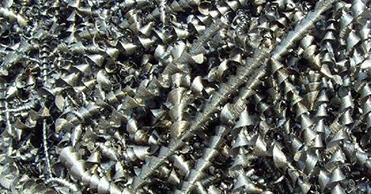 Chip Types Of Automatic Gear Production Line And Application Scope Of Chip Treatment SystemApril 12, 2022This paper studies the characteristics of different kinds of chips produced in the process of gear machining and gives the corresponding treatment scheme, which provides technical support for the auto...view
Chip Types Of Automatic Gear Production Line And Application Scope Of Chip Treatment SystemApril 12, 2022This paper studies the characteristics of different kinds of chips produced in the process of gear machining and gives the corresponding treatment scheme, which provides technical support for the auto...view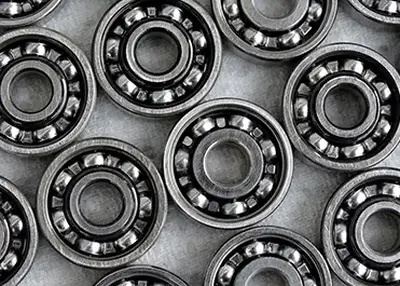 Machined Bearings Basics and Working PrinciplesNovember 9, 2023Welcome to the world of Machined Bearings, where precision engineering meets mechanical efficiency. If you're here, you're probably as curious as I was when I first delved into this field. You're in for a treat because we've crafted a comprehensive guide to take you on a journey through Machined Bearings, from the basics to advanced applications.view
Machined Bearings Basics and Working PrinciplesNovember 9, 2023Welcome to the world of Machined Bearings, where precision engineering meets mechanical efficiency. If you're here, you're probably as curious as I was when I first delved into this field. You're in for a treat because we've crafted a comprehensive guide to take you on a journey through Machined Bearings, from the basics to advanced applications.view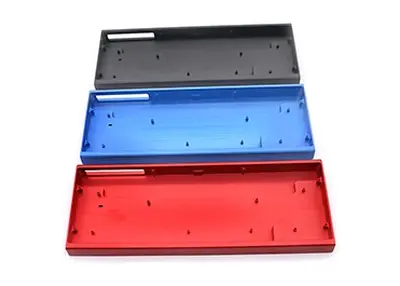 How to Go About Choosing an Aluminum Alloy Mechanical Keyboard Shell Processing Manufacturer?October 26, 2023For computer enthusiasts, the mechanical keyboard's metal texture and the sound of that mechanical equipment is a keyboard users a kind of enjoyment, mechanical keyboard bezel styling design is one of my favorite hardware configurations, especially glazed, computer typing is very indulgent.view
How to Go About Choosing an Aluminum Alloy Mechanical Keyboard Shell Processing Manufacturer?October 26, 2023For computer enthusiasts, the mechanical keyboard's metal texture and the sound of that mechanical equipment is a keyboard users a kind of enjoyment, mechanical keyboard bezel styling design is one of my favorite hardware configurations, especially glazed, computer typing is very indulgent.view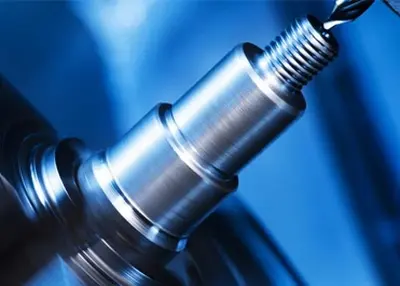 Climb vs Conventional Milling: What Are the Differences?March 20, 2024Understanding climb vs conventional milling clearly is one way to help you choose the right milling process. Here is a comprehensive guide to their differences.view
Climb vs Conventional Milling: What Are the Differences?March 20, 2024Understanding climb vs conventional milling clearly is one way to help you choose the right milling process. Here is a comprehensive guide to their differences.view Methods and Characteristics of Electrophoretic Metal CoatingJune 17, 2024Methods of Electrophoretic Metal CoatingDue to the different nature of electrophoretic metal coating itself, it is divided into two kinds: anodic electrophoretic metal coating and cathodic electrophor...view
Methods and Characteristics of Electrophoretic Metal CoatingJune 17, 2024Methods of Electrophoretic Metal CoatingDue to the different nature of electrophoretic metal coating itself, it is divided into two kinds: anodic electrophoretic metal coating and cathodic electrophor...view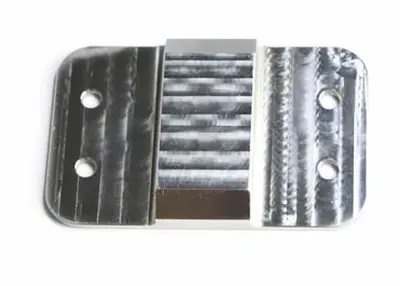 Choosing the Right Finish for Your CNC PartsSeptember 7, 2023From raw CNC machined parts to a final product that gleams with quality involves a crucial decision – selecting the right surface finish or treatment. Choosing the right surface finish or treatment f...view
Choosing the Right Finish for Your CNC PartsSeptember 7, 2023From raw CNC machined parts to a final product that gleams with quality involves a crucial decision – selecting the right surface finish or treatment. Choosing the right surface finish or treatment f...view
 EN
EN
 ru
ru 
